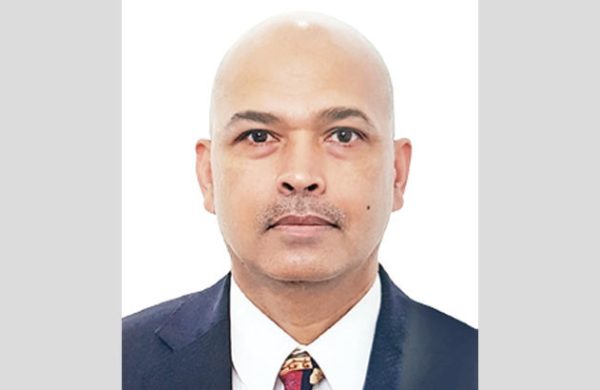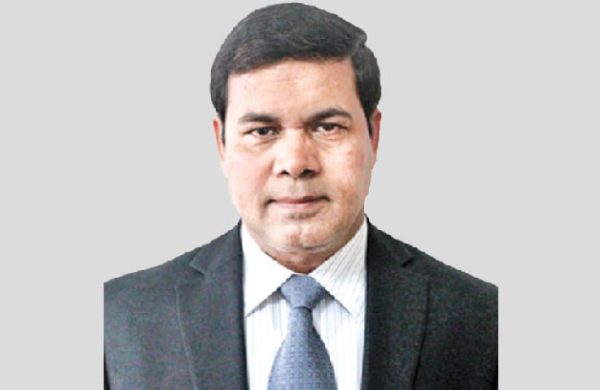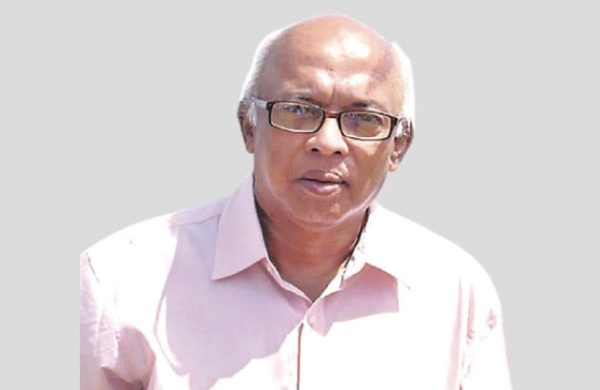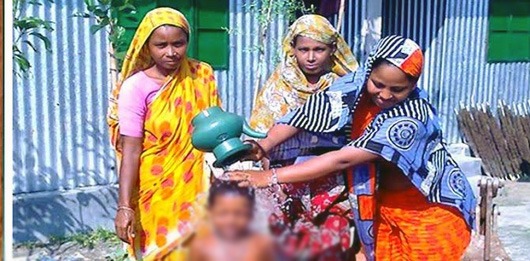Building an Inclusive Green Finance Ecosystem in Bangladesh
- Update Time : Friday, May 30, 2025

—Dr Shahrina Akhtar—
As the world teeters on the edge of climate catastrophe, finance is emerging not just as an economic tool but as a lifeline. For a climate-vulnerable nation like Bangladesh, green finance is not a luxury; it is an existential necessity. Yet, while the concept of green finance is gaining traction in policy circles, what remains critically underdeveloped is its inclusiveness.
Who benefits from green finance? Are smallholder farmers, women entrepreneurs and marginalised communities truly integrated into this financial ecosystem? Or does green finance still remain largely urban-centric, shaped primarily by international development partners and major financial institutions?
This is the moment to democratise green finance, to make it inclusive, accessible and actionable for every Bangladeshi, especially the most climate-affected. In doing so, Bangladesh has the potential to be a South Asian trailblazer, setting a replicable model for inclusive green financing.
Green finance broadly refers to financial investments flowing into projects and initiatives that support environmental sustainability and climate resilience. This includes financing renewable energy, climate-smart agriculture, waste management, reforestation and green infrastructure. Bangladesh has already made some strides, its Green Transformation Fund and refinancing schemes via Bangladesh Bank are notable examples. However, two critical gaps persist. First, green financial products are often available only to large-scale commercial players. Second, there is limited understanding among micro, small and medium enterprises (MSMEs), rural banks and informal sectors about green financial instruments and how to access them.
In a nation where 47% of the population is still reliant on agriculture and informal sectors dominate employment, the lack of inclusivity in green finance is a missed opportunity, and a looming policy failure. Micro and small businesses contribute nearly a quarter of Bangladesh’s GDP and employ more than 7.8 million people. These enterprises, tea stall owners, jute bag makers and off-grid solar service providers are on the frontlines of both environmental degradation and innovation. Yet, less than five per cent of them have access to formal green credit. Similarly, over 17 million smallholder farmers, grappling with salinity intrusion, droughts and flash floods, are rarely recognised as viable candidates for climate finance. This exclusion is not just due to creditworthiness or lack of collateral, it is a structural blind spot in policy and design.
To fix this, we need to intentionally design green finance instruments that are pro-poor, gender-sensitive and rural-focused. That means moving away from boardrooms to bazars, from financial jargon to farmer’s field days. The proliferation of mobile banking has laid a robust digital foundation. This digital infrastructure can serve as a launchpad for green digital finance.
Imagine if a farmer could apply for a climate-resilient seed loan via a mobile app and repay it post-harvest through an app. Or if a rural woman could lease a solar irrigation pump using a microgreen loan from a digital lender. These are not far-fetched dreams; they can be viable realities if policies and platforms align.
Inclusivity in green finance should not be an act of charity; it must be a matter of national policy and economic logic. Bangladesh Bank’s 2020 Guidelines on Environmental and Social Risk Management for Banks and Financial Institutions marked a pivotal shift. However, implementation remains fragmented, and pro-poor financial incentives are still weak.
To promote green equity, the government can launch a Green Inclusion Credit Guarantee Scheme to reduce lending risks for banks financing MSMEs and marginal farmers. Blended finance can de-risk private investments in green projects by youth, women and indigenous groups. Tax rebates should reward inclusive green financing and eco-certified practices. Micro-denomination green bonds, accessible via mobile platforms, can empower rural citizens to invest in the green economy, ensuring inclusive, sustainable development.
At its core, green finance must recognise that climate change is not just an environmental but a social justice issue. The people least responsible for emissions are the ones facing the harshest impacts. Hence, green finance must serve as a redistributive mechanism, channelling capital where vulnerability is highest and resilience most needed. A garment factory in Gazipur can install solar panels. But what about a char-dwelling family in Gaibandha, who needs a flood-resistant house? Can she get a green loan with flexible terms? Can she access financial literacy? Can her voice shape climate financing priorities? Bangladesh must ensure that its green finance ecosystem listens to the marginalised, not just the powerful.
Bangladesh can adapt and localise global models, leveraging its digital prowess, vibrant NGO ecosystem, and growing pool of young innovators. Countries like Kenya and Indonesia have implemented successful models of inclusive green finance. In Kenya, the M-Akiba bond allowed everyday citizens to invest in green projects via mobile phones with as little as $30. In Indonesia, BTPN Syariah developed sharia-compliant microfinance products specifically targeting women-led green enterprises in rural areas.
Development partners and climate funds must go beyond pilot projects. Instead of designing top-down solutions, they must co-create with communities. The Green Climate Fund (GCF), Adaptation Fund, and UN agencies should prioritise direct access financing to local NGOs and cooperatives, use community scorecards for monitoring green finance equity, and build capacity for rural banks and credit cooperatives. Let development financing empower local actors, not just enrich intermediaries.
Developing an inclusive green finance ecosystem in Bangladesh requires more than policies and products. It requires a movement that connects central banks with farmers, fintechs with fisherfolk and NGOs with nascent entrepreneurs. Educational institutions must incorporate green finance into curricula. Journalists must report on green finance impact stories. Religious leaders can use Friday sermons to promote stewardship of the Earth through ethical investment. When green finance becomes a cultural ethic, not just a financial metric, it will transform society from within.
_____________________________________
The writer is a specialist (Technical) and Research Adviser at the Krishi Gobeshona Foundation. She can be reached at [email protected]


















